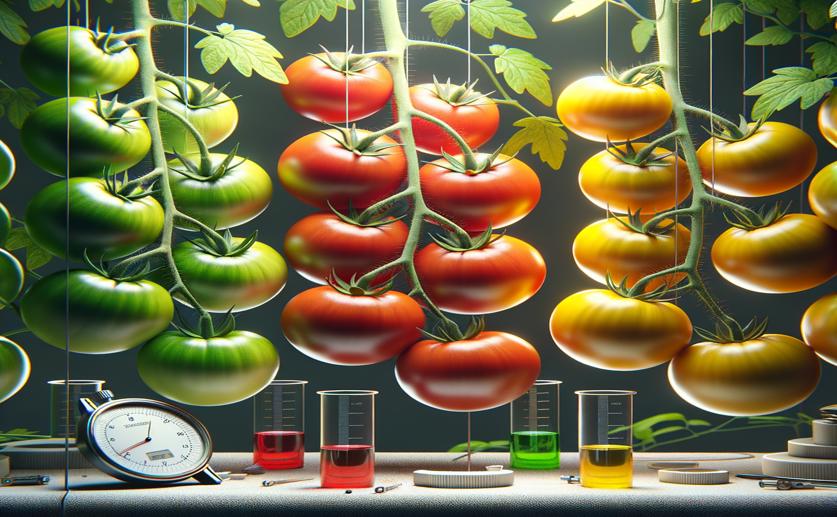
Using Light Delays to Track Tomato Ripening and Sort by Maturity
Jenn Hoskins
21st May, 2024

Image Source: Natural Science News, 2024
Key Findings
- The study by the Università di Catania explored Delayed Luminescence (DL) to assess tomato ripeness and quality during postharvest storage
- DL signals varied significantly with ripening stages, showing higher intensity in unripe tomatoes and lower intensity in fully ripe tomatoes
- DL measurements distinguished postharvest-ripened tomatoes from field-ripened ones, offering a rapid and non-destructive quality assessment tool
FruitsAgriculturePlant Science
References
Main Study
1) Delayed Luminescence in Monitoring the Postharvest Ripening of Tomato Fruit and Classifying According to Their Maturity Stage at Harvest
Published 20th May, 2024
https://doi.org/10.1007/s11947-024-03429-6
Related Studies
2) High-Throughput Phenotyping Approach for Screening Major Carotenoids of Tomato by Handheld Raman Spectroscopy Using Chemometric Methods.
3) Correlation of lycopene measured by HPLC with the L, a, b color readings of a hydroponic tomato and the relationship of maturity with color and lycopene content.
Journal: Journal of agricultural and food chemistry, Issue: Vol 48, Issue 5, May 2000



 24th January, 2024 | Jim Crocker
24th January, 2024 | Jim Crocker